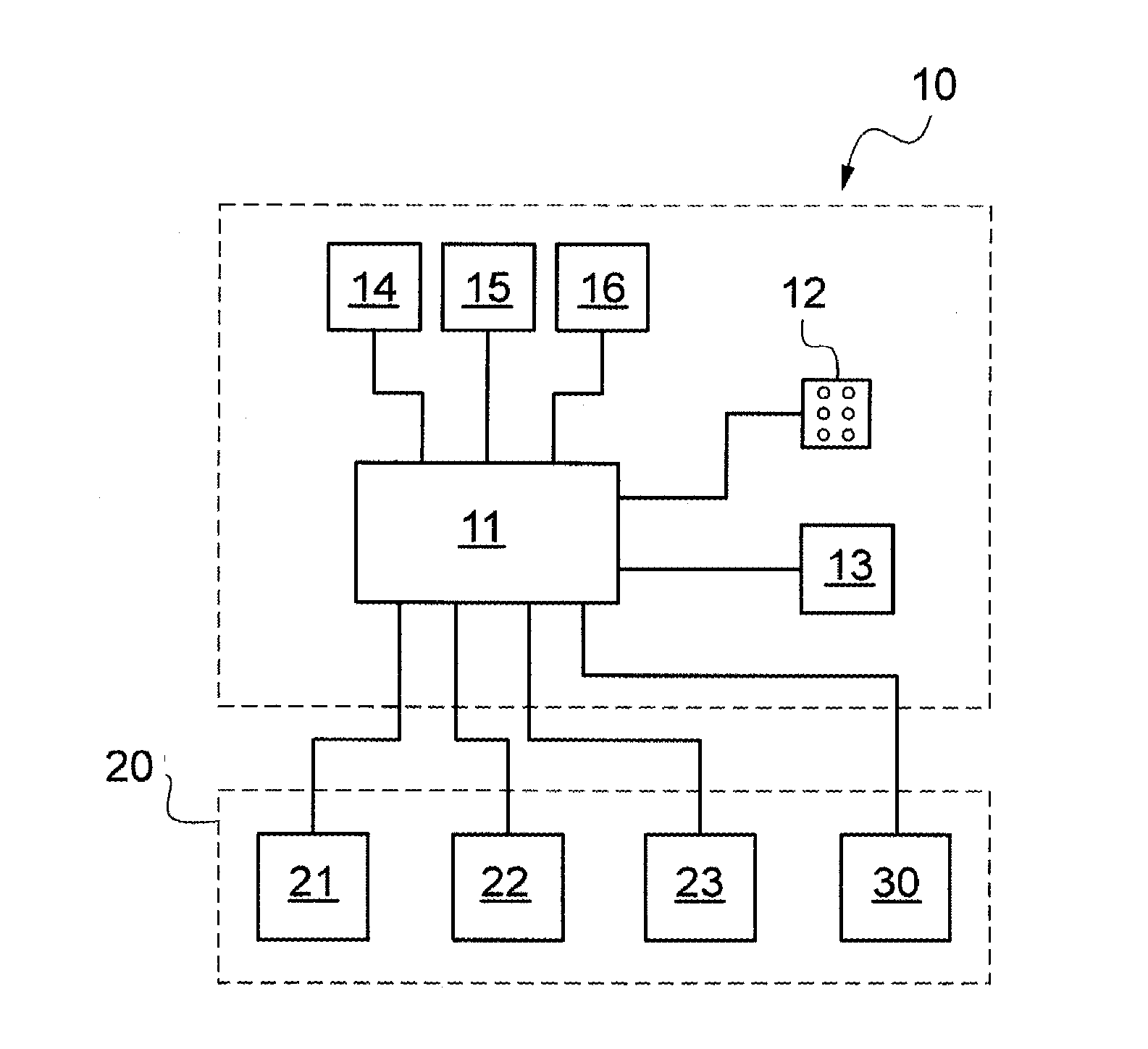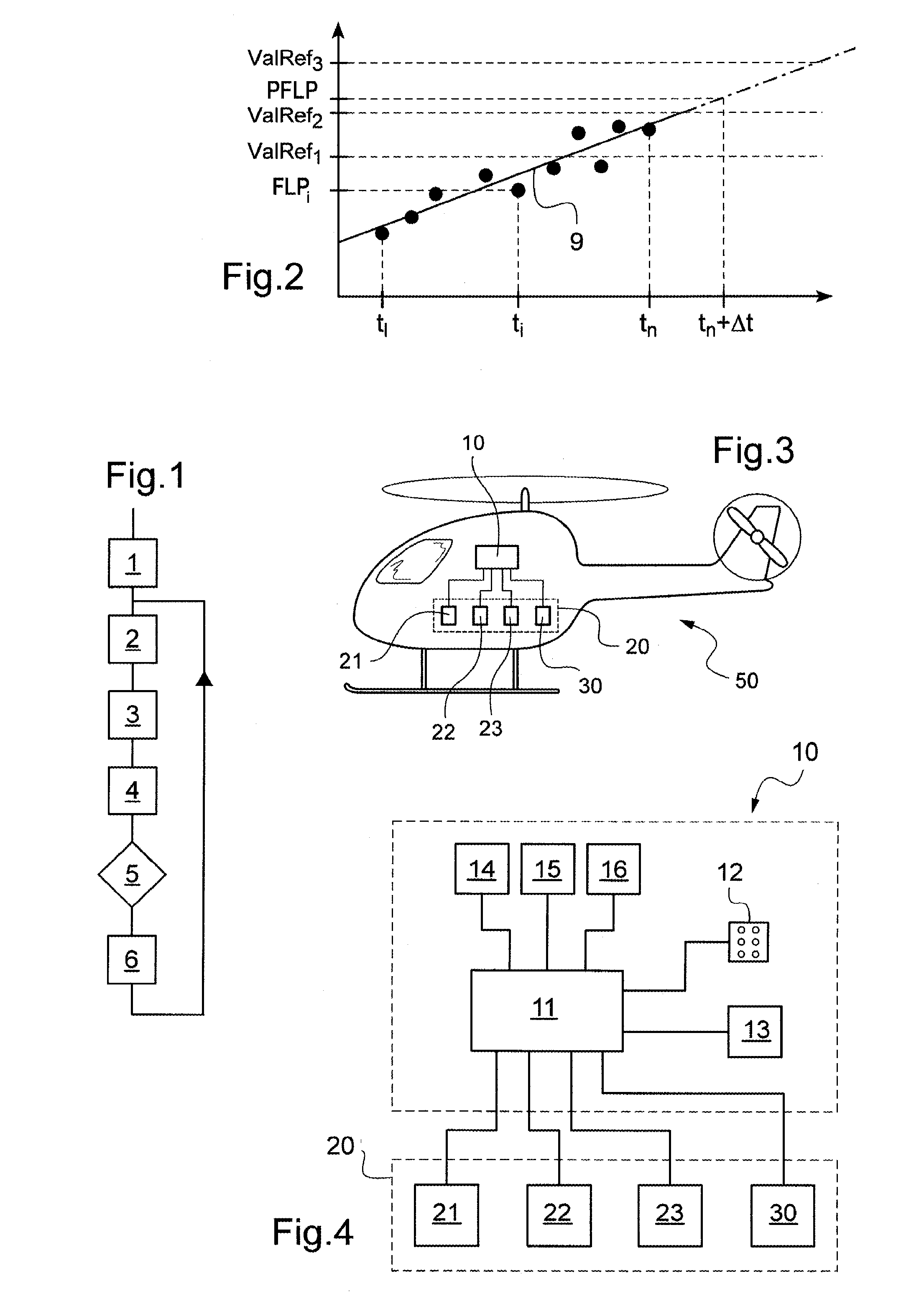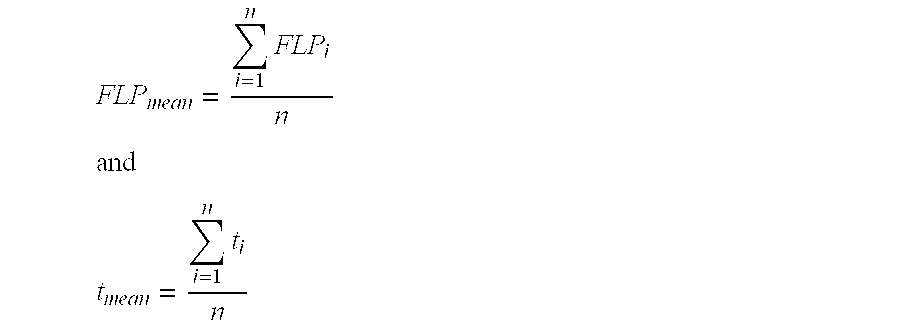Method and a device for adapting the man-machine interface of an aircraft depending on the level of the pilot's functional state
a technology of man-machine interface and aircraft, which is applied in the direction of diagnostics, position/direction control, sensors, etc., can solve the problems of pilot error or wrong application of procedures, limited communication between pilots, and many incidents or accidents
- Summary
- Abstract
- Description
- Claims
- Application Information
AI Technical Summary
Benefits of technology
Problems solved by technology
Method used
Image
Examples
Embodiment Construction
[0083]Elements present in more than one of the figures are given the same references in each of them.
[0084]FIG. 1 is a block diagram of the method of adapting a man-machine interface (MMI) 20 of an aircraft 50 depending on the functional level of a pilot, the method comprising six successive steps.
[0085]Before starting a mission, a first step 1 consists in determining the characteristics of the mission and also the characteristics and the initial physiological state of the pilot. Thereafter, while the mission is in progress, a second step 2 consists in determining the state of advance of the mission and a current state of the aircraft 50, together with a current behavior of the pilot. Then, a third step 3 consists in determining a current functional level of the pilot CFLP, and a fourth step 4 consists in determining a comparison value CV as a function of the current function level of the pilot CFLP. A fifth step 5 consists in comparing this comparison value CV with three reference ...
PUM
 Login to View More
Login to View More Abstract
Description
Claims
Application Information
 Login to View More
Login to View More - R&D
- Intellectual Property
- Life Sciences
- Materials
- Tech Scout
- Unparalleled Data Quality
- Higher Quality Content
- 60% Fewer Hallucinations
Browse by: Latest US Patents, China's latest patents, Technical Efficacy Thesaurus, Application Domain, Technology Topic, Popular Technical Reports.
© 2025 PatSnap. All rights reserved.Legal|Privacy policy|Modern Slavery Act Transparency Statement|Sitemap|About US| Contact US: help@patsnap.com



